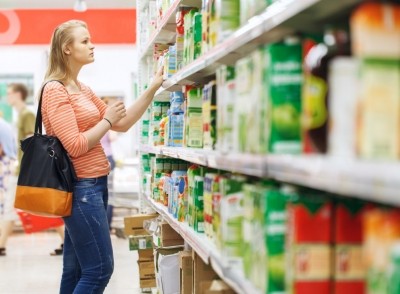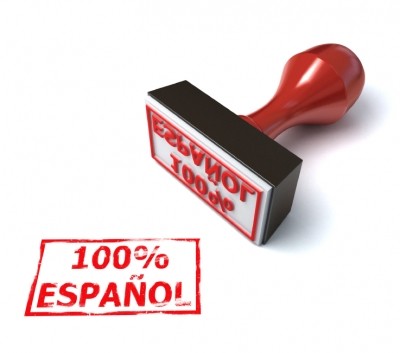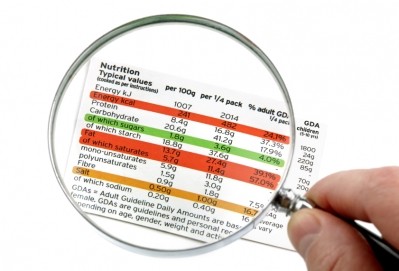FIC regulation: Lost in translation?

Brooks, who is the director of the Association of Language Companies and CEO of K International, flagged up allergen and nutrient labelling as areas that could pose particularly serious risks if companies make even the slightest error in translating on-pack information.
“There will be no margin for translation errors within the new legislation as the mandatory labeling obligations for allergens, sugar, fat content, saturates, energy, carbohydrate, salt, etc. could all have health implications if not 100% accurate,” he said.
All food companies doing business in the European Union are required to revise their labelling as the Food Information for Consumers (FIC) regulation comes into force in December this year.
Speaking with FoodNavigator, Brooks pointed specifically to FIC restrictions on font size to ensure legibility.
“If you want to put five or six languages on a yoghurt pot for example, it is challenging. You can’t make it legible – which is right, you shouldn’t be able to do that,” he said.
When it comes to choosing which languages to include on packaging, he said there was often a trade-off to be made, considering, among other things, branding and the cost of potential solutions.
“The advice I would give would be to talk about it with the packaging company as early on as possible,” he said.
No place for automated translation
Brooks claims that one of the biggest challenges for food companies will be ensuring suppliers’ labelling, and that of their packaging companies, complies with the new legislation – and in every language in which they operate.
“In an industry where we translate information for over a thousand products a week I can attest that translating food packaging isn’t easy,” he said. “There are those within the food industry who continue to make errors on foreign language packs, a problem perpetuated by polluted translation memories, unprofessional translators and using technology like Google Translate without a post-editing process.”
Allergen confusion
The warning ‘may contain nuts’, for example, is translated by Google Translate as ‘peut contenir des noix’ – which could be understood as ‘may contain walnuts’. A general warning about the presence of nuts is usually translated in French as ‘peut contenir des traces de fruits à coque’. Any misunderstanding caused by such labelling could have severe repercussions for an allergic consumer.
“Are nuts and walnuts different? They certainly are if your child has a specific allergy and worryingly we see this common error all over packs in European supermarkets,” Brooks said.
He added: “You can use tools to help you translate, but you need to have it checked by a professional translator who is specialised in food.”
The current EU general labelling rules have been in place since 2000 via a labelling directive, but it will be completely replaced by the FIC regulation in December.
In the spotlight is revamped nutrition labelling, which will become mandatory; replacement of GDAs (guideline daily amounts) with RIs (reference intake); new rules for allergen labelling and legibility; and requirements for ingredient origin labelling, among many other changes.
Click here to read more about what the new legislation will mean for your business.





















